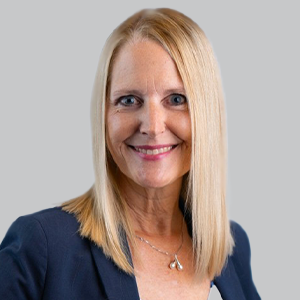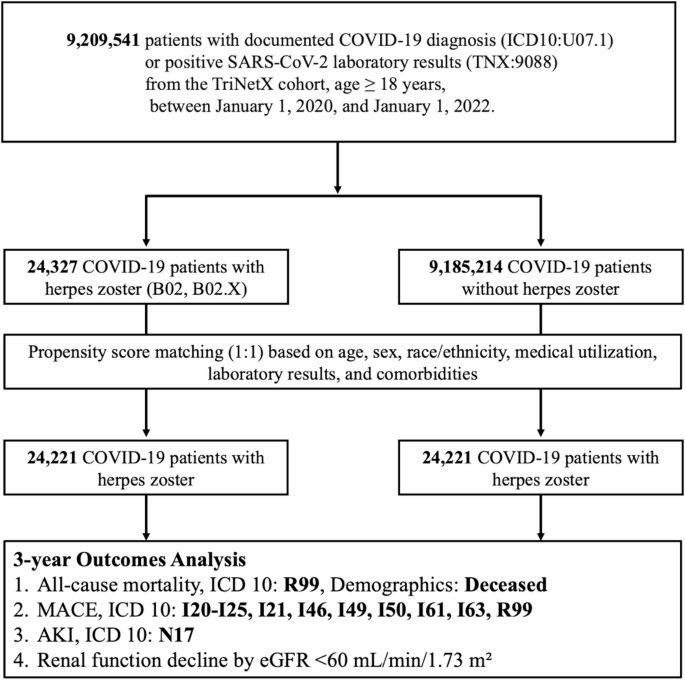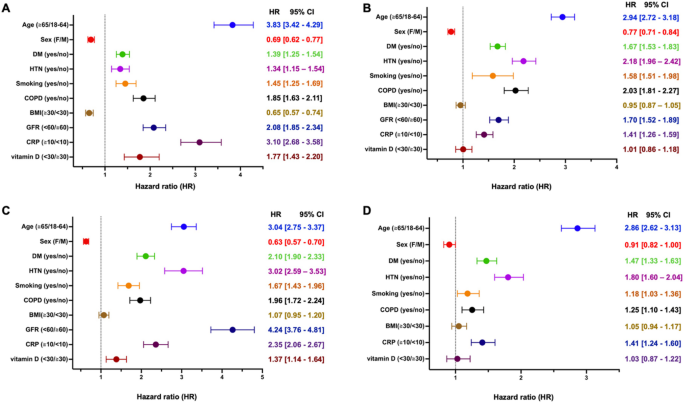Anissa Mitchell, LCSW
(Credit: LinkedIn)
Empathy in the clinical practice can provide several benefits for patients with Parkinson disease (PD) and health care providers. Prior research has shown that traditional training techniques have focused on the health condition instead of the individual living with the disease. This condition-centric approach can be ineffective in generating the ability to understand and accurately acknowledge the feelings of another person. Since technology has advanced over the last few decades, a more effective way to draw out empathy in the clinic could be through using a digital device to simulate the patient’s actual experience such as their symptoms.
In a previously published study, findings demonstrated that those who used the digital tele-emphathy device to simulate PD symptoms had significantly higher empathy scale scores compared with a control group that did not.1 These results suggest that the use of such technology could have practical and clinical implications for providing effective training to health care providers in the movement disorder field. Experiences such as these, whether through a digital device or a simulation, place greater emphasis on the patient’s perspective, helping clinicians better understand the challenges of living with PD.
At the 4th Annual Advanced Therapeutics in Movement and Related Disorders (ATMRD) Congress, held by the PMD Alliance from June 27-30, 2025, a session covered the importance of empathy, offering different perspectives from clinicians and patients living with PD.2 Prior to the session, Anissa Mitchell, LCSW, chief program officer at PMD Alliance, spoke with NeurologyLive®, giving insights on how ATMRD integrates experiential learning to enhance clinicians’ understanding of patient perspectives. Mitchell noted additional sessions that highlighted dance and large amplitude training, cognitive behavioral therapy for neuropsychiatric symptoms, and neuropalliative care approaches that address quality of life.
NeurologyLive: How would participating in a simulation potentially change the way clinicians approach conversations with their patients about their symptom burden?
Anissa Mitchell, LCSW: The reason we put this together was to give health care providers a glimpse into what it might feel like to be the person living with the diagnosis—having to overcome some of the symptoms, obstacles, frustrations, and maybe even fears to discuss what’s happening or things that are prescribed to them. For example, what it might be like to experience something like dysphagia and be prescribed thickened liquids to help them swallow safely. That sounds great in theory, but if you’ve never actually tasted and swallowed it, especially for someone who might be more sensitive to textures, it can be really challenging.
We wanted to give them an opportunity to step into that world. They obviously understand it from the expert side of things, but besides teaching people about therapeutics, we also try to infuse the patient voice into ATMRD and give that experiential opportunity. Something like this can help build empathy. I think most clinicians care very much and are very compassionate, but to step in and experience some of these things makes a difference.
We had different activities throughout this “Empathy in Action” session. We started in the morning with breakfast, and there were things they did while eating to simulate what it might be like to have certain symptoms. After breakfast, we had different stations—experiences related to rigidity and motor changes, swallowing (which I already mentioned), and articulation.
We had some of our patient ambassadors from our PMD Ambassador Program running role-play scenarios. The attendee plays the patient, and the ambassador acts as the health care provider. They’re given a brief scenario: “You are a 68-year-old woman diagnosed with this condition. You came in today feeling these symptoms. Go.” They got prompts, and they had to experience trying to tell their physician or health care provider what’s wrong.
Then, they’ll got 2 responses: 1 that’s less compassionate or empathic—maybe, “Okay, just do this, here’s a prescription”—and 1 that’s very caring and compassionate, with more open-ended, probing questions. We then ask them what it’s like to hear both types of responses, and they get to see how the way someone frames a question or responds might impact what the patient is willing to disclose.
Last year at ATMRD, we did a survey and had a session called “Lips Sealed: What Patients Aren’t Telling Their Providers.” This built on that. Sometimes patients don’t share symptoms because they’re embarrassed or fearful. The top reasons were that they didn’t know it was a symptom, they were embarrassed, they feared appearing weak, or they worried about how it might affect their disease trajectory or lead to more treatments.
This year, we took it a step further. We know people aren’t disclosing certain symptoms. We know they’re struggling. Now, we’re giving providers the chance to step into their world, experience it through these stations, and help open that dialogue. It’s something we’re very passionate about.
Are there any other major highlights from this year’s Congress you’d like to call out?
We’ve infused a couple of different experiences. In one session, José Cabassa, MD, talked about dance and movement classes from a research perspective, and then we had people actually experience a dance class. It was motivating, fun, and energizing—especially for a session that started at 7 a.m.
We also ran another experiential session on large amplitude training. We’re focusing on big voice and big movements. A lot of clinicians recommend or prescribe physical therapy, speech therapy, or occupational therapy, but we want them to see what’s actually happening in those sessions and the “why” behind it.
We also had a session on nonmotor symptoms and will have breakouts on both pharmacologic and nonpharmacologic treatments for these symptoms. One important session was with Marcia Pasqualini, PhD, a neuropsychology expert, on nonpharmacologic treatment of neuropsychiatric issues in Parkinson. She discussed cognitive behavioral therapy (CBT) for depression and anxiety, and how it can be integrated with prescribed treatments. She co-authored a book for mental health providers to better understand Parkinson so they can provide evidence-based CBT.
Another session I was excited about was on the neuropalliative role, led by Jennifer Corcoran, MD. She’s been researching the patient experience in palliative care—some starting early in their movement disorders treatment, some later—and how it impacts quality of life. This session touched on the whole person, including spiritual aspects, quality-of-life goals, advanced care planning, and what those mean from the patient’s perspective. These aren’t necessarily “treated” in the traditional sense but are vital to the treatment plan.
For those who may be interested in a future meeting, can you share the benefit of clinicians attending this Congress?
I’m a little biased, but I love that this Congress brings together so many different perspectives. We have APPs, fellows, and participants in our Mentorship Campfire Fellowship Program. We’re doing hands-on sessions, like botulinum toxin injections and deep brain stimulation deep dives. Sunday is our cognitive day, with deep dives into Alzheimer, Parkinson, and Huntington disease.
There’s something for everyone—early career to seasoned experts—and we encourage that cross-interaction. We want clinicians to engage with partners offering advanced therapies and to hear directly from patients about how treatments are going, what barriers exist, and what’s working.
My favorite part is patient involvement. We have a Conversation Corner, and on Saturday, social workers will be available to share how they support patients—navigating levels of care, offering resources, and adding to the care patients receive. We’ll also hear from 2 young-onset patients with Parkinson—1 discussing what she wants prescribed, the other a husband-and-wife team talking about engaging the Black community and other underrepresented groups in research.
Transcript edited for clarity. Click here for more coverage of ATMRD 2025.








